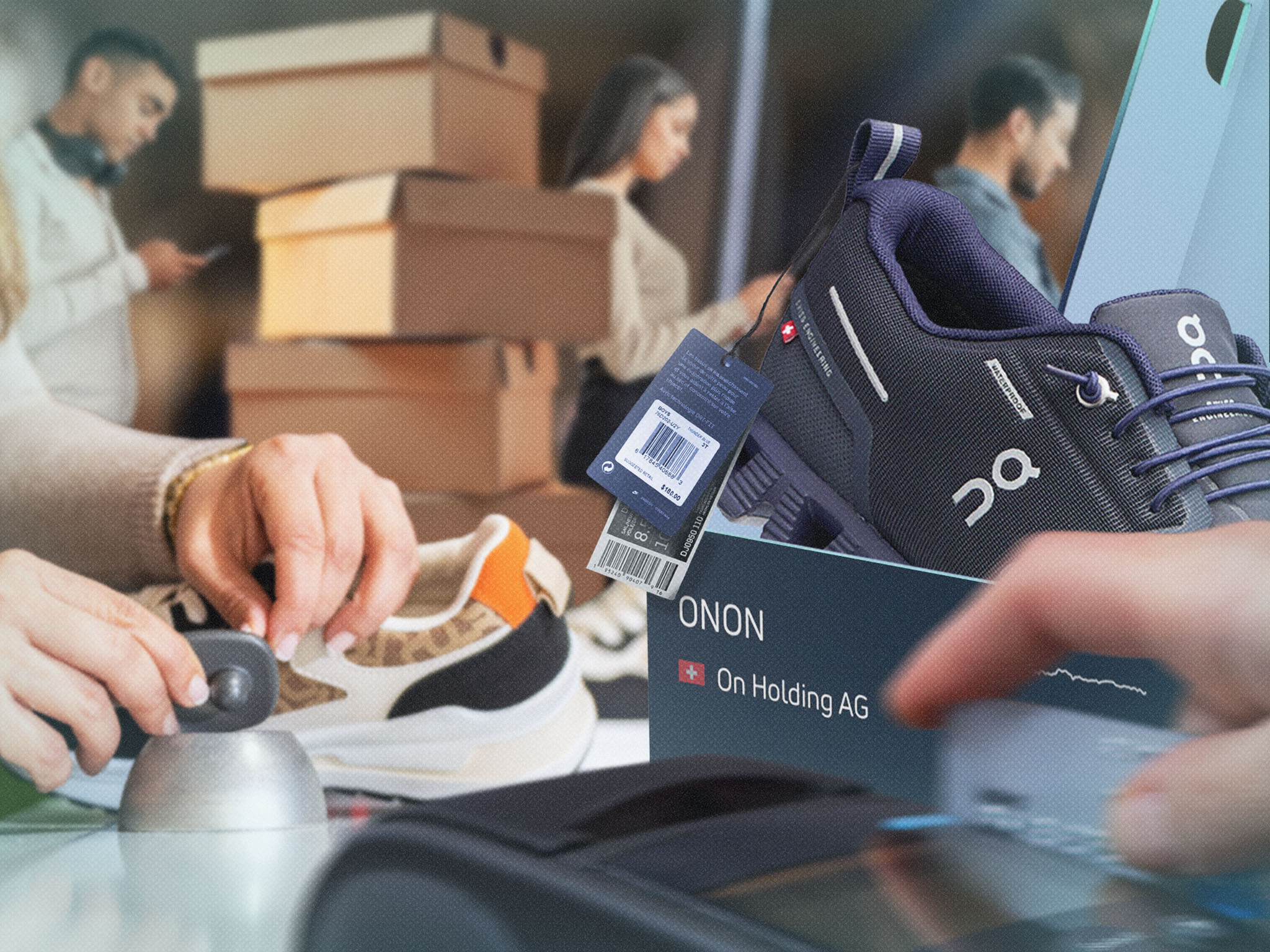Unlike its competitors, Swiss brand On (NYSE: ONON) is not afraid of bucking conventional trends and creating its own strategy, which includes higher prices for its sneakers.
Charging more money for its running shoes and sneakers has become more than a marketing technique for the company; it is now part of its brand.
Unlike its competitors, which manufacture sports apparel and shoes and raised prices because of the tariffs that were enacted recently, On chose instead to raise its prices because the company knew its customers would pay the added cost.
Over the summer, On raised prices by $10 for its shoes. In July, its Cloudtilt shoe, which is highly sought after, started selling for $170.
CEO Martin Hoffmann said the price increase was not made to cover the extra cost from the tariff, but demonstrated how popular the brand is, according to the Wall Street Journal.
“As a premium brand, you have pricing power,” he told the WSJ. “The consumer doesn’t change with the tariffs. If the product becomes part of your identity, you also have the willingness to pay for it.”
Why customers are loyal
Recent data has shown that shoppers who are in the higher brackets of income have been less impacted by tariffs, layoffs, and a weaker and uncertain economy. These shoppers, who tend to have more disposable income, are willing to shell out nearly $200 for running shoes and other sneakers made by On.
The company has been able to garner the interest and enthusiasm from affluent shoppers and diehard sneaker fans, said Cristina Fernandez, a Telsey Advisory analyst. Being able to capture their loyalty has been a winning strategy for On, she added.
One factor that stands out among its competitors, such as Nike (NYSE: NKE) is the designs on the shoes that lend themselves to being worn not just for recreational activities, but also for work and for entertainment, such as going to a restaurant. Customers of On also tend to be repeat customers and own more than one pair at a time, Fernandez added.
On increased its yearly forecast three times in 2025, even as its rivals have suffered due to consumers pulling back their spending on items that are not staples. The sneaker company now estimates revenue for 2025 to reach $3.7 billion, an increase of 34% from 2024.
The company gained some popularity when Hellen Obiri won the women’s division of the New York Marathon in November, wearing a pair of Ons.
The company still needs to gain more conviction among investors despite its rapid growth. Shares of the company fell 29% during the past six months, but over the past month, they have started to turn around slightly by 2.3%.
One reason for them to feel more confident is the fact that On plans to expand and open over 20 stores annually, which is a higher pace compared to its rivals. On also chose store locations in cities where the average salary is higher, such as Palo Alto, California. It’s also expanding overseas and opening a location in Chengdu, China.
On remains a smaller player among its competitors, such as Adidas and Nike, and still needs to attract a younger group of sneaker fans since the company remains “very much underrepresented,” Hoffmann said.
It has made inroads with women, partly due to creating a product line with Zendaya, the actress. Another path to reaching Millennials and Gen Zers is by working with various retailers. One partnership the company launched is with Kith, a streetwear brand favored by younger men.
While On has some work to do, it is still a relatively new brand among sneaker fans, despite being founded in 2010. The company went public in 2021 and previously received an investment from Roger Federer, a former Swiss tennis superstar.
But its customers love how On’s shoes look different and offer “clouds” or midsoles that are springy. The potential to reach more customers, especially younger ones, opening more stores to increase visibility, and its partnerships all provide the potential for further growth in the future.




Comments